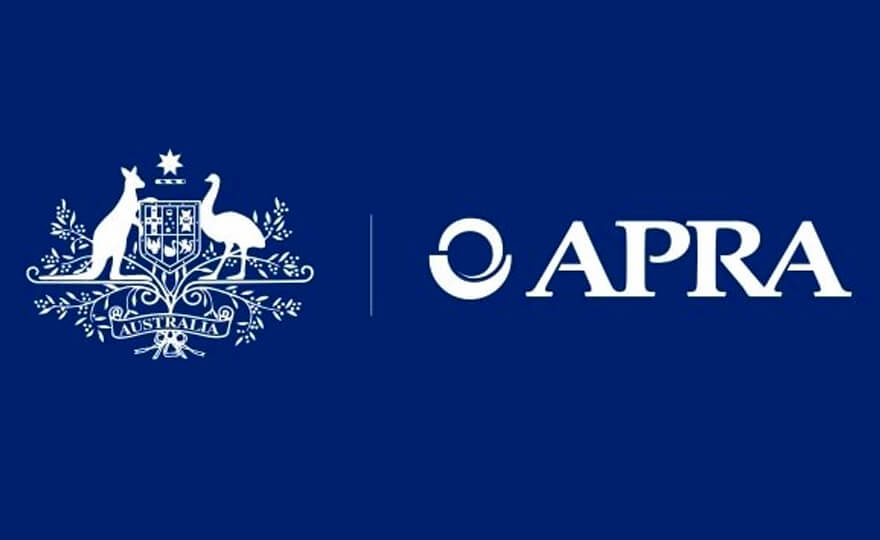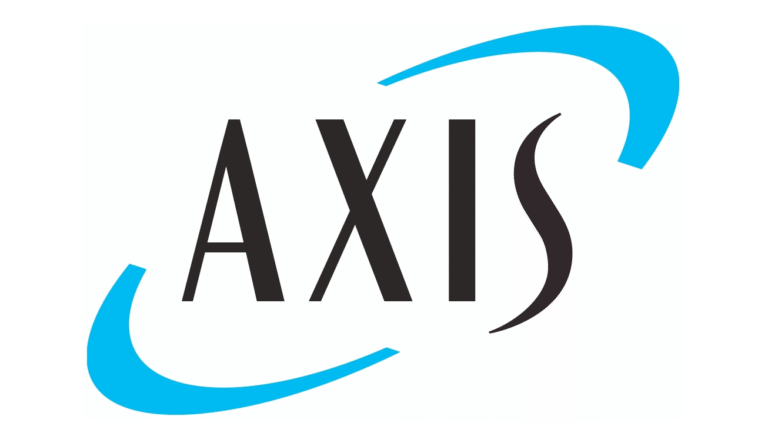
In a new response paper refining its proposed updates to the general insurance reinsurance framework, the Australian Prudential Regulation Authority (APRA) has outlined plans to enhance access to alternative reinsurance arrangements while safeguarding policyholder interests, reaffirming its focus on future-proofing the framework to support insurers’ flexibility when market conditions tighten again.

Back then, Fitch Ratings noted that the changes could wind up supporting Australian general insurers’ credit profiles over the medium term if they improve access to reinsurance protection.
While reinsurance market conditions have since eased, the APRA said it remains focused on future-proofing the prudential framework to ensure it supports insurers’ flexibility to access a broader range of reinsurance solutions.
“After carefully considering stakeholder feedback from the initial consultation, APRA has refined its proposals,” the authority explained.
APRA continued, “The revised proposals reflect insights gained through consultation, with some elements refined, others adjusted, and certain ideas not carried forward where they were considered unlikely to effectively deliver the intended outcome. These revised proposals are being considered with a view to supporting insurers when market conditions tighten again.”
Notably, the APRA is now seeking feedback on a series of targeted updates. It proposes removing reinstatement requirements for reinsurance arrangements where reinstatements are typically unavailable, such as catastrophe bonds, to improve access to alternative reinsurance.
For single peril reinsurance, insurers would use a net whole-of-portfolio approach to make capital benefit calculations feasible, addressing concerns from earlier proposals.
The authority also plans to reduce the need for APRA approval by categorising reinsurance arrangements by complexity, allowing the Appointed Actuary to determine capital treatment for simpler cases.
Finally, APRA is refining technical aspects of the prudential framework and updating reporting forms to ensure clarity, consistency, and alignment with the revised standards.
The authority concluded, “APRA considers that these proposals will facilitate better access to cost-effective reinsurance. In turn, this may help ease affordability pressures through the cycle, reduce regulatory burden and improve efficiency by streamlining existing regulatory processes while enhancing transparency and consistency across the industry.
“APRA recognises that while these measures are an important step, addressing broader insurance affordability challenges will require consideration of a range of factors beyond the scope of prudential regulation.”





